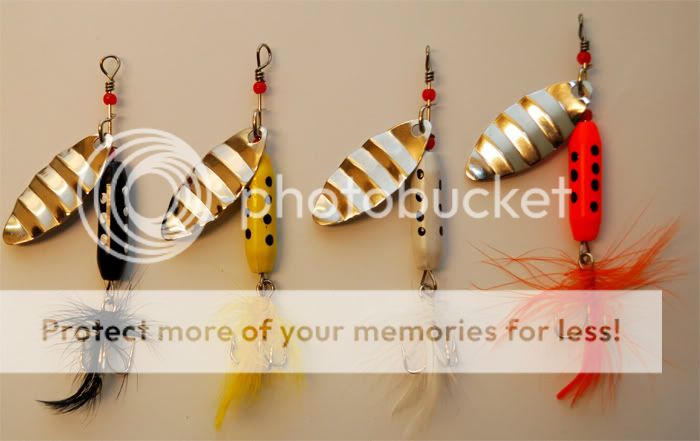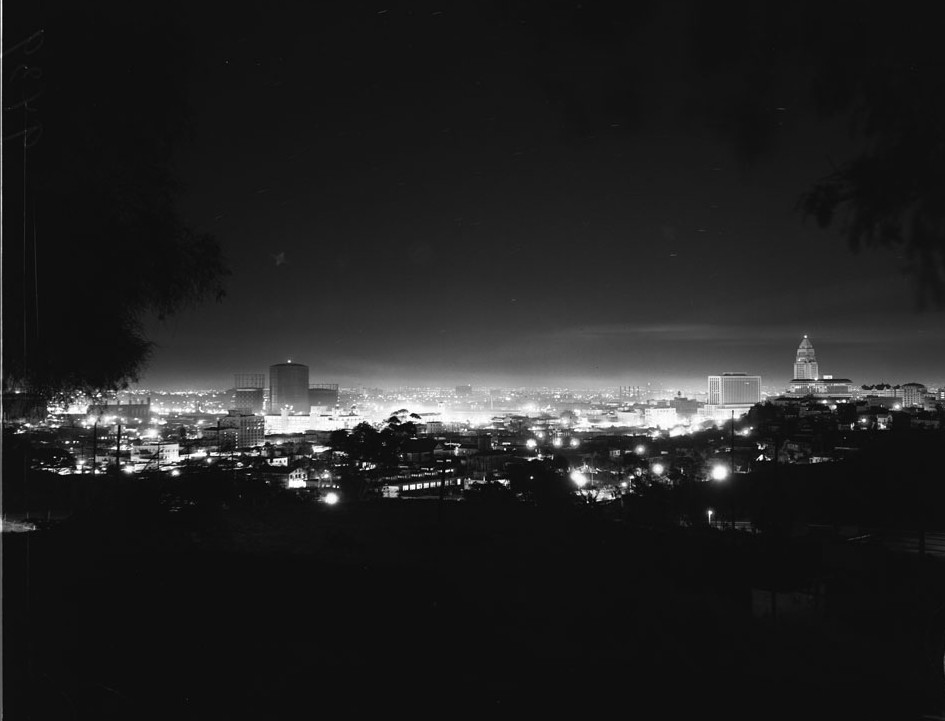We've likely all expressed that sentiment at one time or another, in profession of our love for another and how long that love will last. But for the first time in my life, rivers are running dry in my State of Texas. Rivers that I know well and that are beloved among many people, and indeed, depended upon in many ways by many people and animals.
I'm talking about LARGE rivers. Big and powerful rivers. Rivers that have not run dry in my parent's lifetime or in one case, in over 100 years. Rivers that I've spent an awful lot of recreational time on. Rivers that I've seen low, slow and even pathetically trickling in parts, but never dry.
Two Texas Hill Country rivers that I'm thinking of specifically, the GUADALUPE RIVER above Canyon Lake in the Ingram/Hunt area, and the LLANO RIVER. Both were featured in articles last week discussing this unfortunate result of the long running drought we're plagued with in Texas right now. You can also read about what is called the Lower Guadalupe River, that is, what comes out of CANYON DAM, which according to the articles is flowing at 17% of regular capacity.
KXAN TV NEWS IN AUSTIN tonight said the Llano River is having it's last gasp. Llano has two reserviors outside of town for such emergencies, but the fear last week was about excess algea growth prohibiting their use, meaning trucking in water as the Statesman article said.
Note to self: A Roof/Cistern water collection, storage and distribution system, purification system and a windmill driven water well with a backup electric pump are a must at the next abode or more likely, the vacation/retirement abode we're seeking right now.
So I have lots of friends in Llano, several of them engaged in the cattle business. Their places front the Llano River outside of town, and if it's running dry, that means their cattle are having to drink from tanks that might or might not have dry wells right now.
Water is, of course, the lifeblood in the River of Life, no matter whether it is the Llano or the Guadalupe or any other number of rivers, creeks and streams that have run dry or are running dry.
The Hill Country is full of aquifers, wonderful underground water being filtered through limestone and other rock and coming out as close to pure as can be through springs mostly. The Texas Hill Country is an expansive area, bigger than many other states, and when rains are plentiful, the often harsh yet engaging landscape of the Hill Country is supplanted with plentiful water from springs for mostly gin clear creeks and rivers.
Growing up in Houston, learning to fish in sometimes brackish waters of the Gulf Coast bays and canals as well as the sand colored waters of the lakes, creeks and rivers around Houston. Occasionally you would chance upon a lake or pond that was actually spring fed, and we Houston boys in our pre-teens, about 6th grade, would marvel at the fact WE COULD SEE the bass swimming around in the water.
So after my first family spring break trout fishing trip to the Guadalupe River in the 7th grade or so, I was hooked on fishing "attractive" waters. By that term attractive I mean water that at least looks clean, whether it actually is or not, and that smells clean. Spring fed cool waters, green and blue and clear, rushing over rapids and rocks and life growing and flourishing like an oasis, all around it's edges.
And life underwater. Vivid underwater life. Guadalupe bass. Smallmouth bass (unheard of in Texas until 40 years ago or so, except on the Devil's River where they were privately stocked before that, I think). Stocked Rainbow and Brown trout. Largemouth bass. Hybrid bass. Various panfish and perch. Alligator Gar. And the ever present channel and yellow and blue catfish.
Being a huge Texas recreational river, the Guadalupe also has some huge fish in it. Once, many years ago, when taking a canoe through a side channel of a stand of cypress, I reached my paddle down in the green, clear water to push off of the extended root of the huge Cypress tree so that we would clear an obstacle.
Only it wasn't a tree root. It was a big old catfish, and I could feel it move through my paddle when I pushed on it. We were both surprised, I think. I'm guess 40 or 50 pounds, it was a big one, and it had to be a yellow cat and not a channel because he was big and thick. I could see enough of it to see that it was:
a. a big fish
b. an old fish
c. a powerful fish.
d. with a flat head.
So take that lesson next time you go fishing on a swift river. Them monster cats like to stake a claim under the tree roots and undercut banks. I knew that years ago, that all river fish seek shelter and protection in such areas, but wasn't even thinking about that when it happened.
I've got more river stories than I have time to tell or that the reader would have interest in reading. Some involve catfishing, and some involve drinking. Some involve various canoeing and kayaking exploits, with one of near death (for me) proportions, which was a repeat of what had happened to Billy Ray the year before in the same kayak, at the same location of the same rapid with the same kayaking buddies. Billy had no stitches like I did but did blow out a disc in his back, so that might be a story worth telling.
Probably wouldn't be much danger in Billy Ray and I doing some kayaking in the Guadalupe right now, except getting in and out of a kayak is a pain in the rear under the best of circumstances, and if you run aground sideways in shallow conditions, extrication might be wet and unpleasantly muddy.
The Guns Most Likely to Never Break Down
8 hours ago























